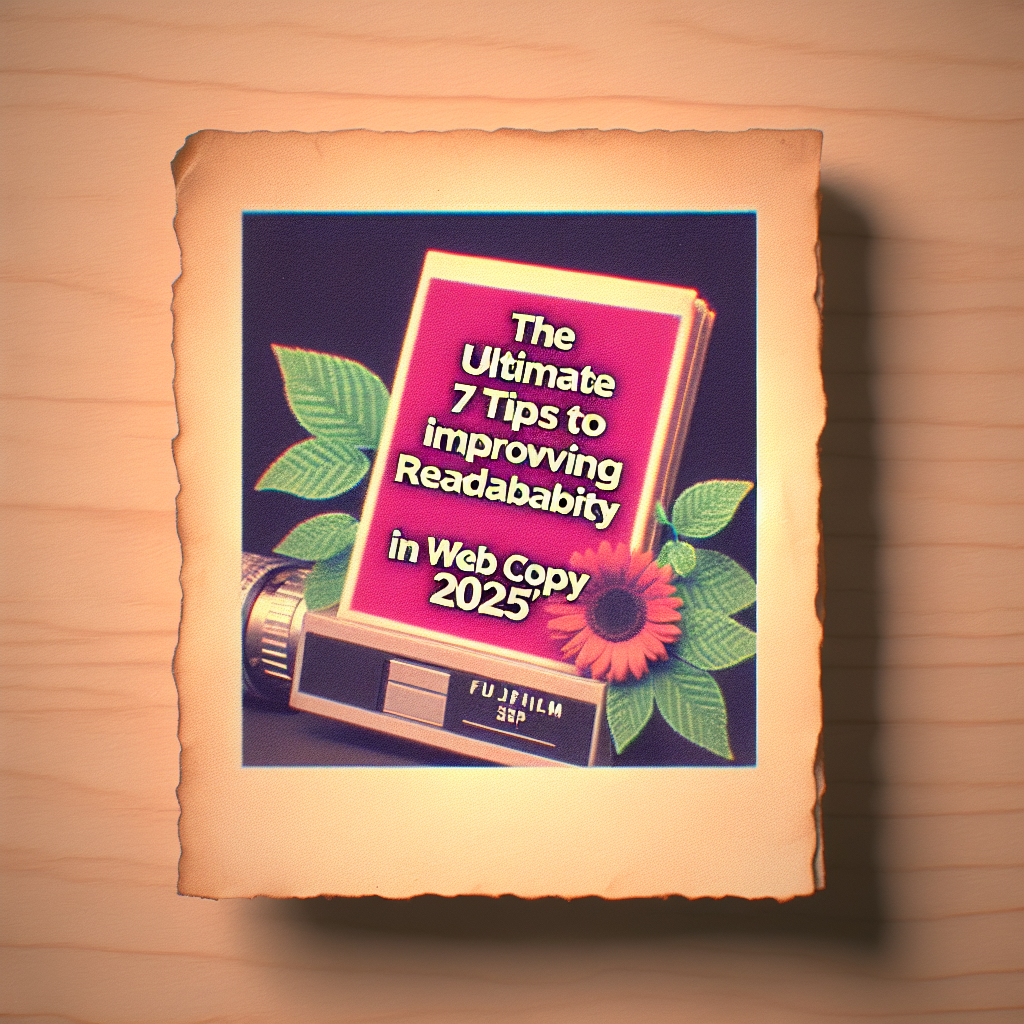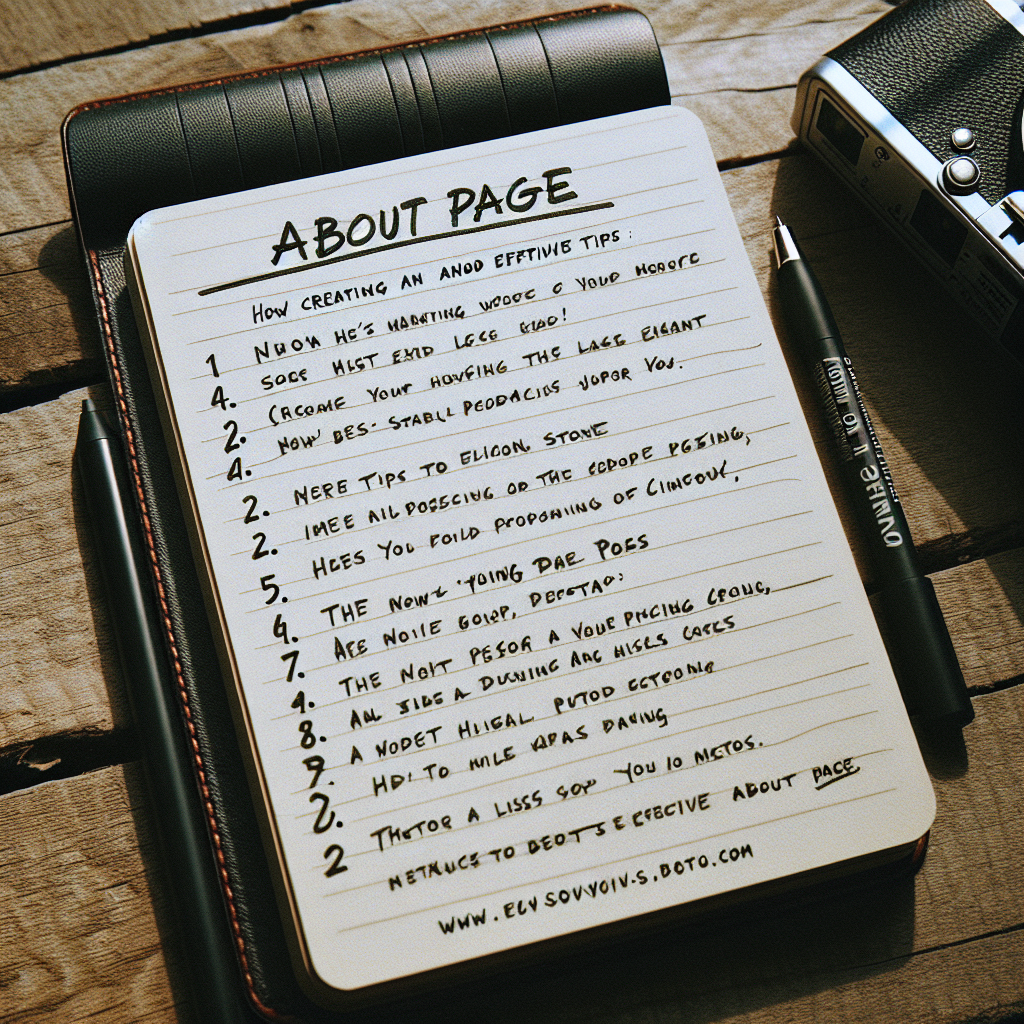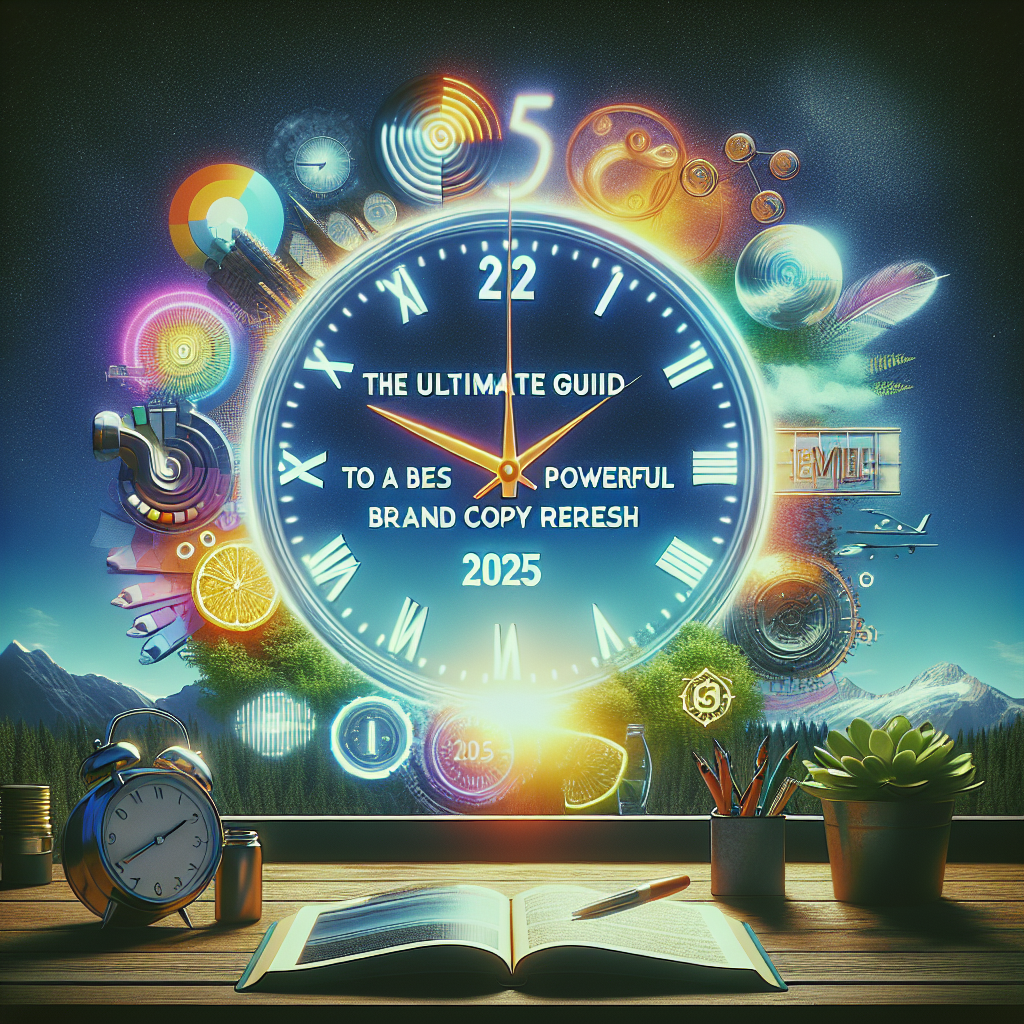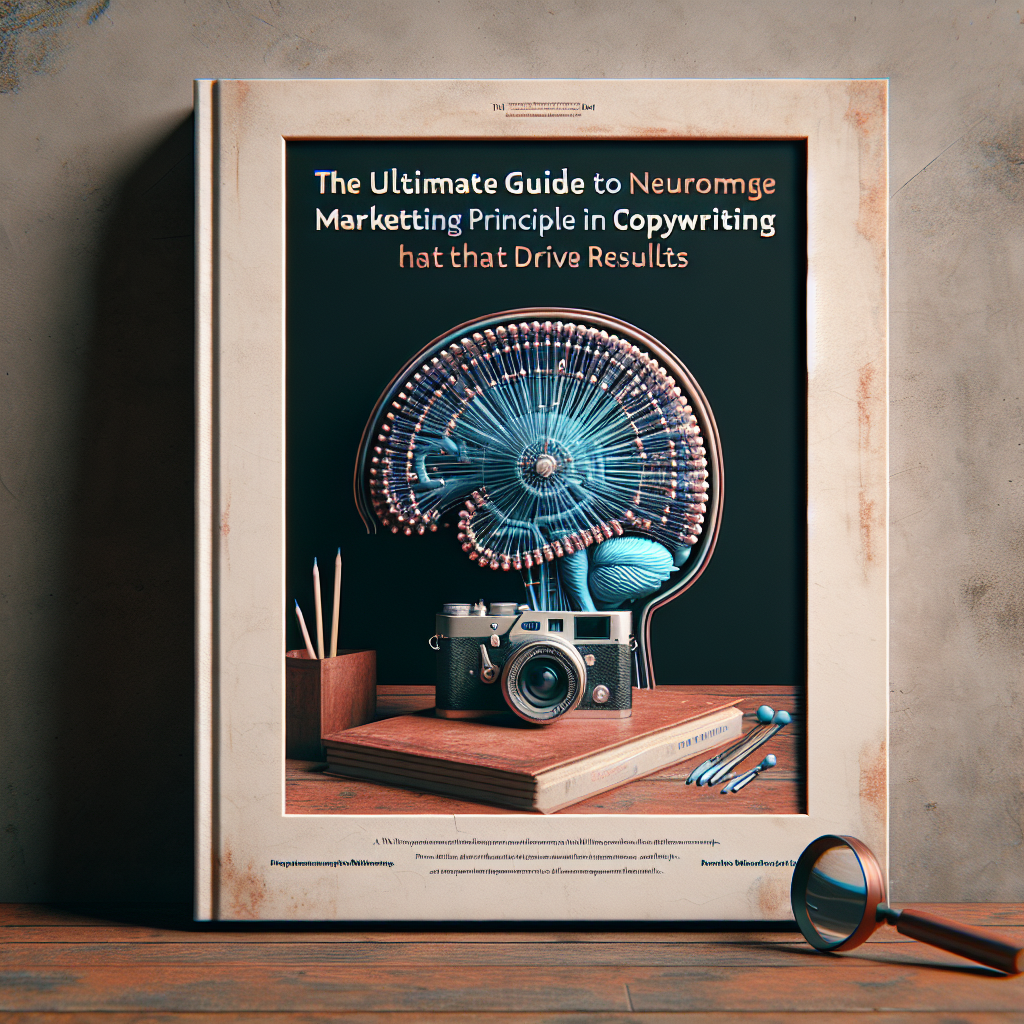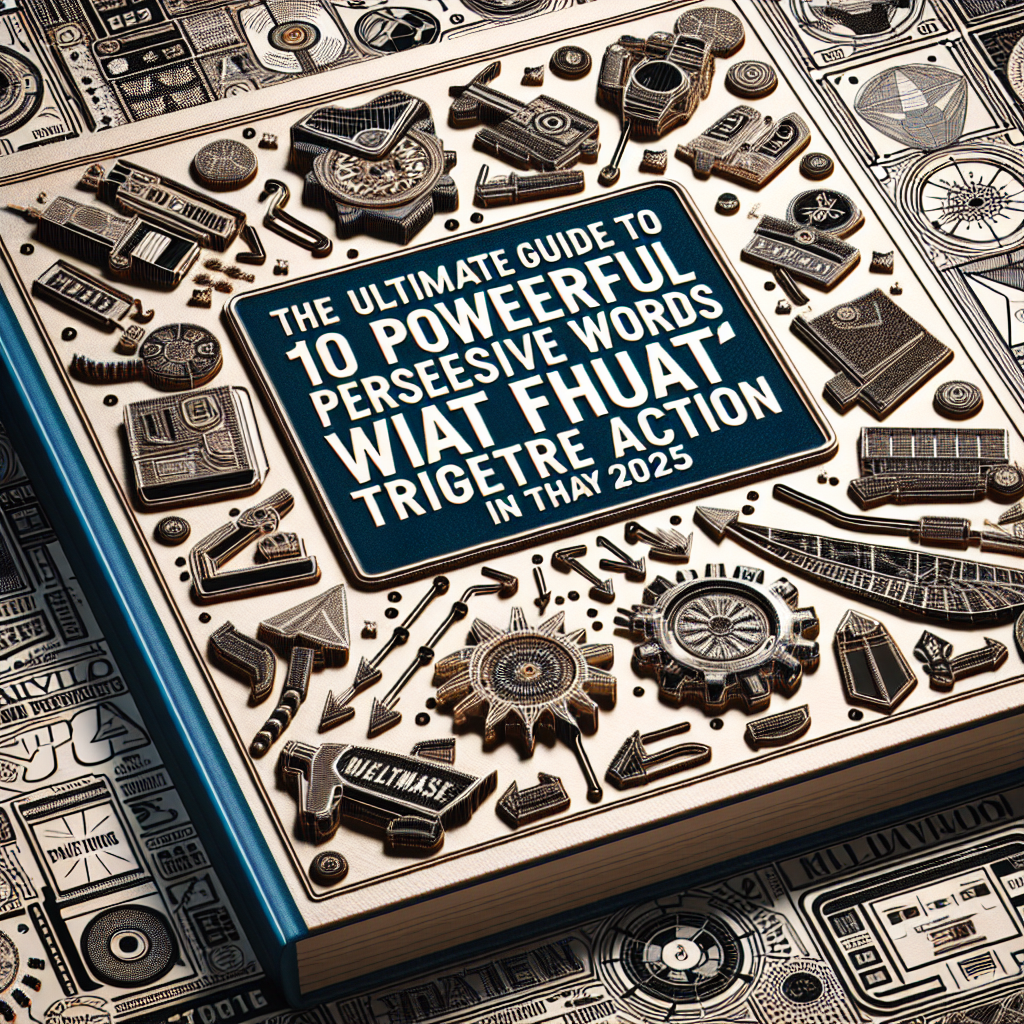1. The Creative Copy Generator
Unleashing Creativity with ChatGPT Prompts
In 2025, the need for fresh, engaging copy is more vital than ever. The chatgpt prompts for copywriting serve as powerful tools to kickstart your creative process. The Creative Copy Generator prompt helps generate unique ideas for blogs, ads, or product descriptions, saving you hours of brainstorming. When you use this prompt, ChatGPT can provide varied writing styles, tones, and angles to inspire your next piece.
A practical tip is to specify your target audience and desired tone within the prompt. For example, “Create a playful, engaging product description for college students.†This helps craft personalized content that resonates. Many content creators report a significant boost in productivity, with some seeing a 35% decrease in brainstorming time using effective chatgpt prompts for copywriting.
For optimal results, experiment with different themes and styles within your prompts. Over time, you'll develop a library of prompts tailored to your brand's voice, making your copywriting faster and more consistent.
Practical Tips for Using This Prompt
- Always include your target audience details in the prompt.
- Specify the tone: formal, casual, humorous, etc.
- Ask for multiple variations to choose the best fit.
2. Product Description Perfect
Crafting Effective Product Descriptions
One of the top chatgpt prompts for copywriting in 2025 focuses on creating compelling product descriptions. This prompt guides ChatGPT to highlight features, benefits, and unique selling points in a natural, persuasive way. An important aspect is to include specific product details in your prompt to get precise output.
A good practice is to feed ChatGPT with real or simulated product data, such as specifications, target customer pain points, and competitive advantages. You can then ask it to generate descriptions optimized for e-commerce listings or social media ads. According to recent research, personalized and benefit-focused product descriptions can increase conversion rates by up to 20%.
Additionally, refine your prompts by requesting different styles—formal, playful, or technical—to match your brand voice. This flexibility allows marketers to produce tailored copy that appeals directly to different customer segments.
Actionable Advice for Your Product Copy
- Include clear product features and target demographic in your prompts.
- Specify the tone—luxurious, friendly, or utilitarian.
- Request multiple options for A/B testing in your campaigns.
3. Headline Magic
Creating Click-Worthy Headlines with ChatGPT
Headlines are the first thing your audience sees, and in 2025, crafting irresistible headlines remains crucial. The chatgpt prompts for copywriting include specialized prompts for headline creation that generate attention-grabbing titles for blog posts, ads, or email subject lines.
By instructing ChatGPT to focus on emotional triggers, numbers, or questions, you can produce headlines that significantly improve click-through rates. For instance, prompts like “Create a list of 5 engaging headlines for a productivity webinar targeting entrepreneurs†are highly effective. Data shows that compelling headlines can increase engagement metrics by up to 70%.
Experiment with different styles—curiosity-driven, benefit-focused, or urgency-based—to find what resonates with your audience. Also, leverage the AI to test multiple headline options, and analyze the performance to refine your approach continually.
Tips for Maximizing Headline Effectiveness
- Include specific keywords for SEO benefits.
- Use numbers or lists to promise quick, tangible results.
- Test multiple headlines generated from different prompts.
4. Slogan Crafter
Developing Catchy Slogans with ChatGPT
A memorable slogan can define a brand. In 2025, chatgpt prompts for copywriting include specific requests for slogan generation, helping marketers develop catchy and impactful brand statements quickly. When crafting prompts, be sure to specify your brand personality and target emotional appeal.
For example, prompting ChatGPT with “Create a memorable slogan for an eco-friendly cleaning brand that emphasizes trust and freshness†results in options that can be tested across marketing channels. Many brands are leveraging AI-generated slogans to refresh their branding strategies efficiently.
Remember to test multiple options and gather feedback from focus groups or social media polls. This iterative process helps hone in on slogans that truly connect with your audience in 2025 and beyond.
Pro Tips for Slogan Development
- Keep slogans short, memorable, and aligned with brand values.
- Use alliteration or rhyme to enhance recall.
- Combine AI-generated options with human creativity for best results.
5. Email Personalization
Creating Personalized Email Campaigns
Personalization is king in email marketing in 2025, and chatgpt prompts for copywriting are essential for crafting messages that resonate. By inputting recipient details, behaviors, or preferences, ChatGPT can generate highly tailored email copy that improves open rates and conversions.
Effective prompts include specific customer data such as purchase history, demographics, or engagement levels. For instance, “Write a personalized email to a customer who bought outdoor gear last month, promoting new camping equipment.†This targeted approach can increase click-through rates by up to 50%, according to recent analytics.
Automation tools integrated with AI can help streamline this process, enabling marketers to generate hundreds of personalized messages effortlessly. Remember, testing variations of personalized copy helps identify what aspects connect best with your audience.
Key Tips for Email Personalization
- Use customer data to inform your prompts for tailored copy.
- Segment your audience to craft more specific prompts.
- Combine personalization with compelling calls to action.
6. Social Media Captivator
Creating Viral Social Media Content
Social media remains a dominant marketing channel in 2025, and chatgpt prompts for copywriting help craft content that captures attention and encourages sharing. Whether for Instagram, TikTok, or LinkedIn, AI can generate engaging captions, post ideas, or scripts.
Prompts should include your platform, target audience, and a desired mood or theme. For example, “Generate 5 humorous Instagram captions for a fitness brand targeting millennials.†Such prompts lead to versatile options that can spark creativity and increase viral potential.
Consistency in tone, relevance, and trend-awareness are key to social media success. Use the AI to stay ahead of trends by creating timely and relatable content, which drives engagement and brand visibility.

Best Practices for Viral Content
- Include trending hashtags or challenges in prompts.
- Create content that appeals emotionally or provides value.
- Use AI to generate multiple variants for testing viral potential.
7. SEO Optimized Content
Leveraging AI for Search Engine Rankings
In the competitive landscape of 2025, high-quality, SEO-optimized copy is essential. Chatgpt prompts for copywriting can produce content that ranks well by integrating trending keywords and semantic variations naturally. For example, prompts that specify keyword density, target phrases, and related terms help generate content aligned with SEO best practices.
Use prompts like “Write a 1000-word blog post about sustainable energy, incorporating the keyword phrase ‘chatgpt prompts for copywriting’ and related terms naturally.†This ensures the content is both valuable and optimized. According to SEMrush and other tools, better keyword integration can boost organic traffic by 25% or more.
Combine AI-generated content with traditional SEO strategies, such as internal linking and meta descriptions. AI can assist in creating content that meets current algorithms’ evolving requirements, making your site more discoverable in 2025.
Effective Optimization Tips
- Include the keyword phrase ‘chatgpt prompts for copywriting’ strategically within headings and body.
- Use semantic variations like content creation prompts or AI copywriting tips.
- Focus on readability and valuable information to reduce bounce rates.
8. Blog Post Breeze
Streamlining Blog Writing with Prompts
Writing consistent, high-quality blogs can be time-consuming. Chatgpt prompts for copywriting in 2025 streamline this process by helping generate outlines, introductions, and even entire drafts. By providing clear prompts, you can maintain your publishing schedule while ensuring engaging content.
For example, prompts like “Generate a detailed outline and introduction for a blog post about the latest trends in AI technology†can give you a strong start every time. Consistent use of these prompts has helped bloggers increase productivity by approximately 40%, according to industry surveys.
Additionally, use the AI to vary your style and tone within your niche, making each post feel fresh while maintaining your voice. This approach simplifies the content creation process, making blog management less stressful.
Best Practices for Blog Content
- Start with a clear prompt outlining your blog’s main point.
- Ask for multiple introductions or headlines to choose from.
- Use AI to generate subsections and supporting points.
9. Persuasion Techniques
Crafting Persuasive Copy for Every Goal
Effective copy persuades and converts, and chatgpt prompts for copywriting in 2025 focus on enhancing these skills. You can instruct ChatGPT to incorporate proven persuasion techniques like scarcity, social proof, or emotional appeal within your content.
For example, prompting with “Write a sales email highlighting scarcity and social proof for a new online course†produces compelling messages that encourage immediate action. Studies show that including persuasive elements can increase conversions by up to 30%.
It's vital to balance persuasion with authenticity. Use prompts to generate different angles and test which approach resonates best with your audience. Once refined, this technique becomes a core part of your copywriting toolkit.
Tips for Effective Persuasive Copy
- Include specific psychological triggers in your prompts.
- Test multiple persuasive techniques across different campaigns.
- Maintain authenticity to build long-term trust.
10. Productivity and Ideas
Boosting Creativity and Efficiency
In 2025, keeping a steady flow of innovative ideas is essential for staying competitive. Chatgpt prompts for copywriting are excellent for brainstorming sessions, content calendars, or overcoming writer’s block. They help generate fresh angles, titles, and themes rapidly.
A proven tactic is to set specific prompts like “Suggest 10 blog topics for sustainable fashion targeting Gen Z†or “Brainstorm 5 creative brand taglines for tech startups.†These prompts can propel your planning process and foster continuous creativity.
Leveraging AI also boosts overall efficiency — many marketers report a 25% increase in output when integrating chatgpt prompts into their workflow. Regularly updating your prompt library ensures ongoing inspiration and productivity.
Actionable Tips for Boosting Creativity
- Use prompts that specify target audiences or current trends.
- Combine AI suggestions with human refinement for best results.
- Keep a record of successful prompts for future use.
Frequently Asked Questions
Q1: What are chatgpt prompts for copywriting?
Chatgpt prompts for copywriting are specific instructions or questions designed to guide AI like ChatGPT in generating compelling, relevant content for marketing, blogs, ads, or social media. They help streamline the creative process and ensure consistency.
Q2: How can I use chatgpt prompts to improve my copywriting in 2025?
By crafting targeted prompts that specify your goals, audience, and style, you can leverage ChatGPT to produce high-quality drafts, ideas, headlines, and more. Regularly experimenting with different prompts helps refine your brand voice and boost productivity.
Q3: Are chatgpt prompts for copywriting effective for SEO?
Absolutely. When you include SEO keywords and semantic variations in your prompts, ChatGPT can generate content optimized for search engines. This makes your content more discoverable and improves organic reach.
Q4: What are some tips for creating successful chatgpt prompts?
Be specific about your audience, tone, and purpose. Include relevant details and desired outcomes. Test multiple versions and iteratively refine your prompts based on results.
Q5: Why is using chatgpt prompts for copywriting important in 2025?
With content demands growing and competition intensifying, AI-powered prompts are crucial for maintaining high-quality output efficiently. They help you stay innovative, relevant, and ahead in digital marketing trends.
Conclusion
In 2025, mastering the art of using chatgpt prompts for copywriting is essential for any marketer, content creator, or entrepreneur aiming to stay competitive. These prompts unlock creativity, boost efficiency, and help craft persuasive, SEO-friendly content faster than ever before. Whether you're creating headlines, product descriptions, or social media posts, integrating these effective prompts into your workflow will elevate your copywriting game. Don’t underestimate the power of well-crafted chatgpt prompts for copywriting – they are the secret weapon in your content arsenal for 2025 and beyond.

https://linkupsocialmedia.com/chatgpt-prompts-for-copywriting-2/?fsp_sid=4292


